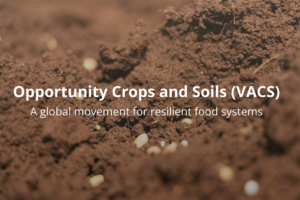Farmers in the State of Mexico, which borders the country’s capital, Mexico City—a potential market of nearly 20 million inhabitants— have struggled to make a profit growing maize. The state accounts for 10% of the national maize production, but improved varieties occupy no more than 10-15% of its maize area. Nearly all (97%) of the maize they produce is white grained and of varieties ideal for local foods but that don’t meet quality requirements for largescale, commercial tortilla production nor fit demand for feed or industrial uses.
As part of a project launched in 2007 between the US Department of Agriculture (USDA) and the Mexican Agriculture Secretariat (Secretaria de Agricultura, Ganadería, Desarrollo Rural, Pesca y Alimentación, or SAGARPA), CIMMYT is working with counterparts in the State of Mexico to increase the productivity and profitability of maize farming. The focus is on value-added white and colored maize for food, but partly in response to rising interest from farmers since the biofuels boom, participants are developing, testing, and promoting yellow grain maize suited for feed and industrial markets. To plan those and other activities, to assemble a database of maize varieties—both improved and landrace—grown in the State, and to build the team, 11 maize scientists gathered for a workshop at El Batán during 19-21 February 2008.
Participants came from the Mexican National Institute of Forestry, Agriculture, and Livestock Research (INIFAP), Mexico State’s Institute of Agriculture, Livestock, Water, and Forestry Research and Training (ICAMEX), the Colegio de Postgraduados (a graduate-level agricultural research and learning institution), and CIMMYT. They were introduced to CROPSTAT, a software package for analyzing multi-location trial data, by CIMMYT maize breeder and project leader Gary Atlin, and discussed ways to foster farmer participation in trials.
“We’ll be doing three types of trials in 2008,” says Silverio García, CIMMYT maize researcher working on the project. “One involves experimental varieties that are crosses between improved and local materials, another is an evaluation of pre-commercial varieties in 20 or more environments in the State, and the last comprise on-farm demonstrations of commercially available white and yellow hybrids, to get farmers’ feedback.” Former CIMMYT maize breeder and distinguished scientist, Hugo Cordova, is serving as a consultant to the project.
 Capacity development
Capacity development 

